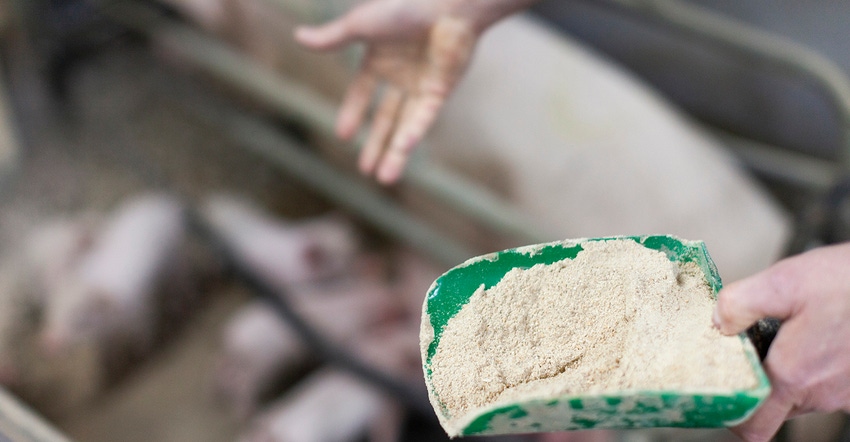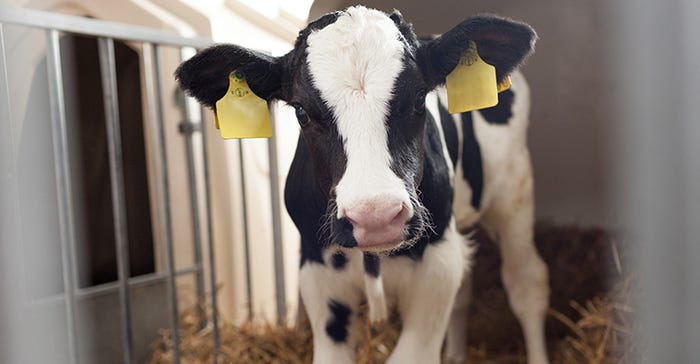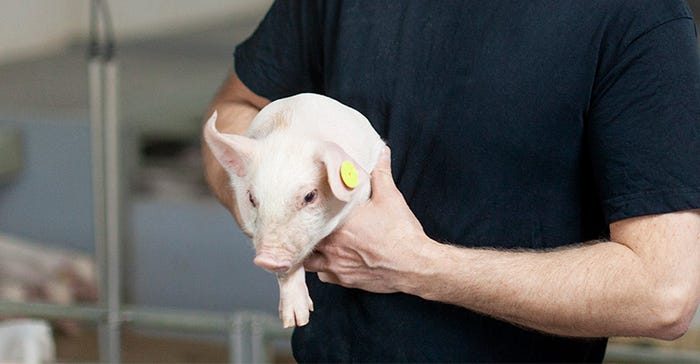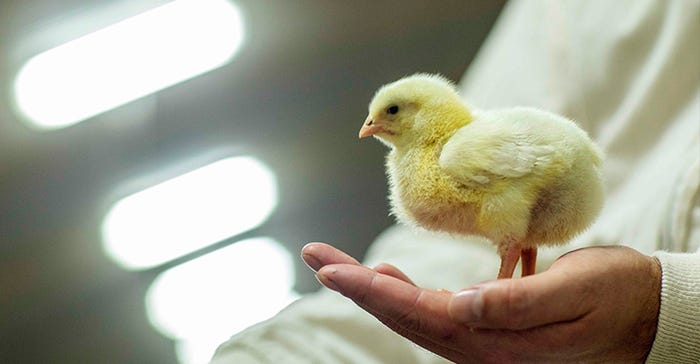Why a low content of anti-nutritional factors in soy proteins in starter diets for young animals make a difference for their overall performance.
March 1, 2021

Sponsored Content
by Lars Sangill Andersen, Swine Nutritionist, Hamlet Protein
The gut is the single largest immune related organ of the body and is the primary barrier between a bacterial milieu and the body per se. This barrier balances the need to support entry of nutrients through the gut wall while blocking the entry of microbes. This balance can be affected both positively and negatively by the composition of the diet along with the exposure of the body to pathogenic challenges. Young animals experience a tremendous change in gut size and function in order to support the required absorption of nutrients with the development of size, enzymatic production and function, along with establishment of a microflora population that supports the normal functions of the gut.

Vulnerability from birth
Intestinal microbial population establishment occurs in all species as the animal is born or hatched and is then exposed to environmental populations of bacteria that ultimately become established within the gut as the commensal population for the animal. The development of a ‘normal’ gut microbial community will ultimately buffer the animal from the onslaught of pathogenic microbes throughout life.

The consequences of poor microbial population establishment include a compromise in the animal’s ability to resist pathogenic microbial attack and/or the ability to even function properly. This can be seen when the animal is exposed to dietary challenges that may normally be associated with a mild or even unseen perturbance but which without a properly established microbial population may result in diarrhea challenges without the presence of any pathogen. Ultimately, the establishment of a complex and diverse microbial population within the gut, buffers the animal from dietary and environmental challenges. Anything that affects the intestinal epithelium such as intestinal pathogens will result in an impaired feed utilization, and often treatment with antibiotics to manage these challenges. In addition to that, immune responses and the repair of tissue costs energy and other nutrients, consequently affecting the performance. Many raw materials used in feed production bring a mix of positive and negative aspects that must be managed appropriately to result in a final feed that can be tolerated well by the animal. Hamlet Protein has worked intensively and successfully with lowering the harmful anti-nutritional factors (ANFs) found in soy products. The result is specialty soy ingredients that provide optimal diets for young farm animals.

Finding the ‘overlooked factor’
A major impact on gut health through microbial activity is also caused by an often overlooked factor. Where digestibility is used as a tool for calculating available nutrients to the animal, the other part of the ingredient, the part that does not get digested will end up as nutrients for bacteria in the hind gut. With an established stable microflora in the large intestine of older animals, this can be controlled by the gut itself. But in a newly weaned piglet or newly hatched chick the microflora is still struggling to find a balance and an influx of undigested nutrients will upset the balance and cause proliferation of bacteria, often pathogenic/toxin producing bacteria. This makes digestibility not only a calculation tool but a valuable quality parameter, which especially in the case of young animals, should not be overlooked.
About the Author(s)
You May Also Like



